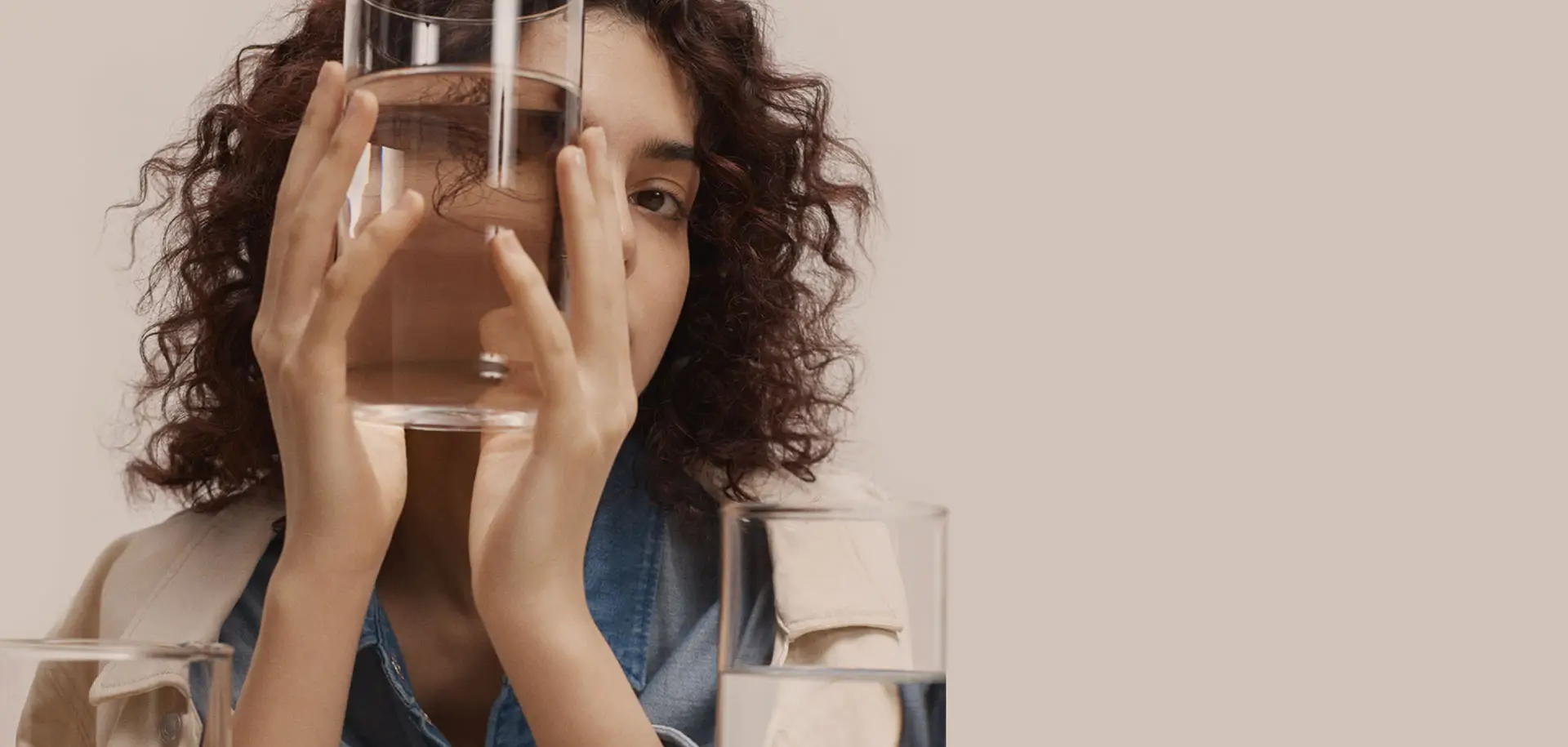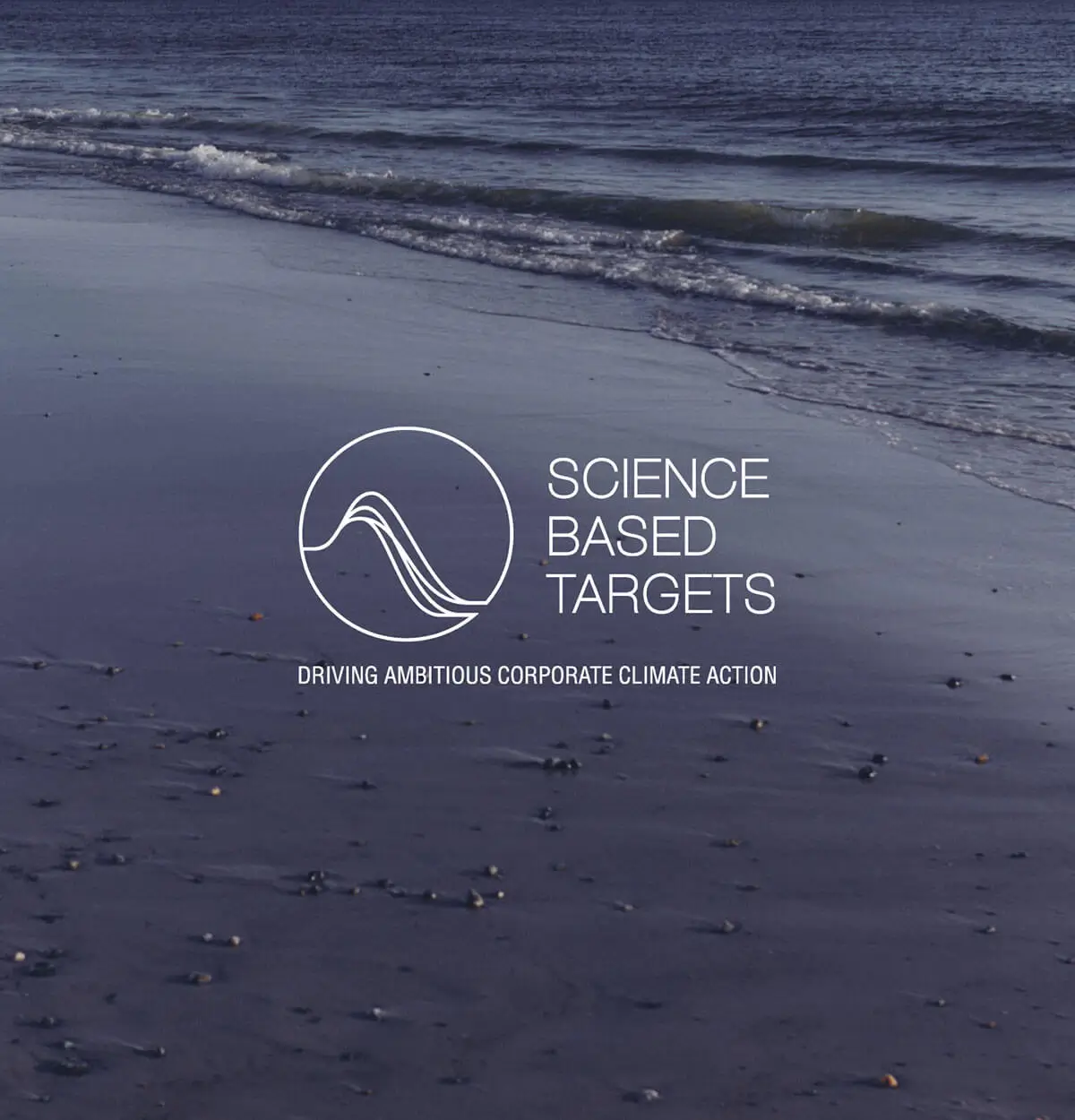

We are committed to reducing our environmental impact, includingg the use of water, raw materials and chemicals.
Additionally, we have implemented measures to minimise our carbon footprint.

Our latest accomplishment shows that it's possible to align ambitious climate goals with business growth, and emphasises the urgent need for substantial emission reductions.
We are proud to announce that the Science Based Targets initiative (SBTi) has approved our near-term (+FLAG) target, marking a significant milestone in our BE PART sustainability journey. In a resource-intensive fashion industry that is facing increased environmental risks, climate action with specific goals is crucial. The achievement aligns with our core goal of minimising our negative impact on the environment.
By adopting science-based targets, we ensure our commitment to reducing the effects of global climate change is backed by scientific evidence. This also enables us to extend these targets across departments and external partners.
We remain dedicated to reducing our greenhouse gas emissions year by year until 2030. In Scope 1&2 we committed ourselves to a 50% reduction and in Scope 3 we aim for a 30% reduction compared to our baseline year of 2019.
The Roadmap to Zero is the foundation of the ZDHC initiative, it lays out the guidelines (e.g. ZDHC MRSL) & provides the platforms/tools (Gateway, InCheck etc'.') for all the signatories, but it doesn't specifically mandate the adoption of all these programs. The Roadmap to Zero Programm is organised into three focus areas which are interlinked to improve chemical management. Within each of the focus areas, it is our priority to develop and maintain the ZDHC guidelines, platforms and solutions to enable and accelerate the implementation of the program.

We love denim. It's our favourite fabric. But there is one thing we like even more: denim with a 'low impact' EIM score.
EIM stands for Environmental Impact Measurement. It's a software from Jeanologia™ that we use to evaluate the sustainability of our jeans' manufacturing process in four categories: water consumption, energy consumption, chemicals used and worker health and safety conditions.
The results are classified as 'low', 'medium' and 'high' impact.
In 2023, the EIM scoring was done for each of our BE PART denims.
Our goal: 100% low impact denims by 2025.
